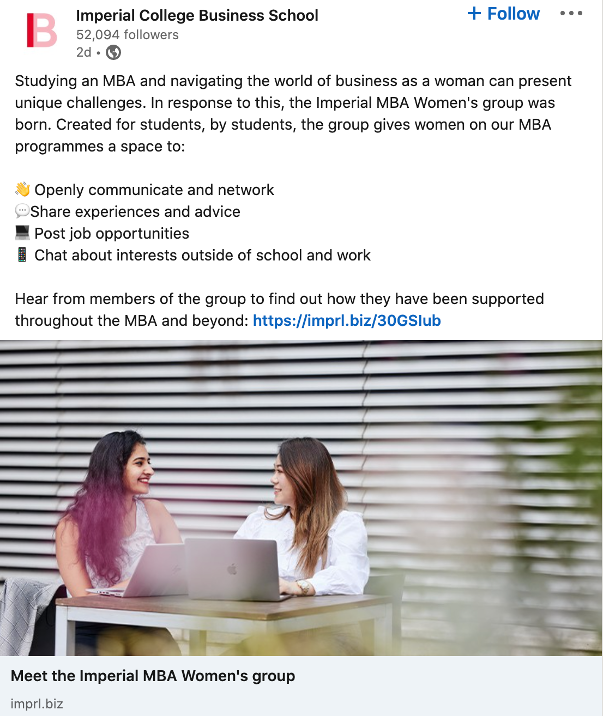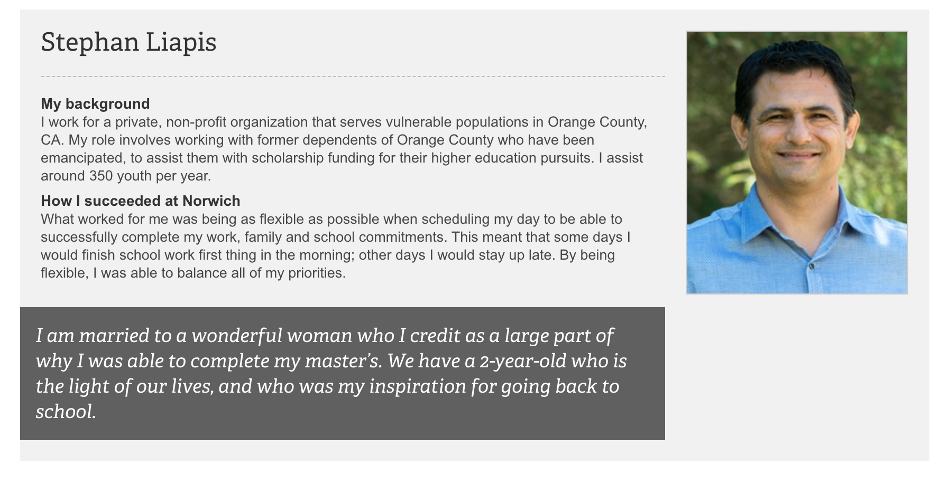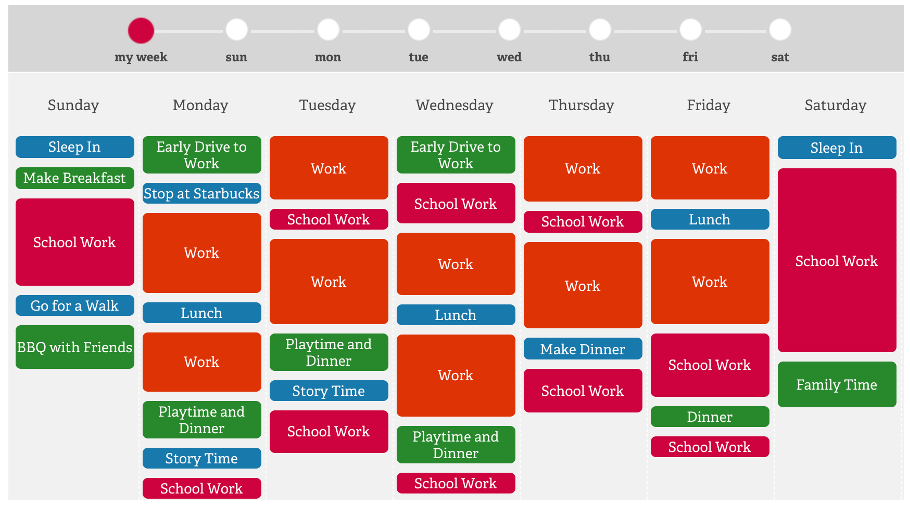Walk into a classroom at the start of the semester today, and alongside 18-year olds living on their own for the first time, you’ll also see older students with life experience, work experience, and perhaps a family to support.
These students are looking for a different type of experience.
Non-traditional students typically enroll in education to further their careers, and you could argue they have more at stake.
And as you probably know, non-traditional students have lower retention and graduation rates compared to their traditional counterparts.
So, in an increasingly competitive higher education landscape, it’s vital to identify and address the struggles of non-traditional students.
How do you identify a non-traditional student?
According to the Association of American Colleges & Universities, the non-traditional student is difficult to define in a sentence, because the term can encompass so many attributes. Students may be considered non-traditional if they meet one or more of the following characteristics:
- Entry to college is delayed by at least one year following high school
- Having dependents
- Being a single parent
- Being employed full time
- Being financially independent
- Attending part time
- Not having a high school diploma
“First-generation” students are also considered non-traditional.
According to enrollment figures, non-traditional students are most likely to attend a community college or a for-profit institution. Flexibility is a huge incentive for non-traditional students, particularly learners with a job and a family to support.
Community colleges and for-profits generally offer programs that can be completed within two years and focus on skills and workforce-applicable routes, such as nursing.
But in a bid to boost enrollment, higher education institutions across the spectrum are diversifying into vocational options.
What challenges do non-traditional students face?
- Anxieties around affordability
- Finding the time to study
- Achieving a work-study-life balance
- Feeling isolated on campus
- Lack of access to services
- Issues around self-confidence
A 2021 study by Western Governors University about the challenges faced by non-traditional students in Utah found the costs of college and finding the time to study poses a barrier for many.
“What we learned is that there are two big obstacles for non-traditional students and they’re not surprising,” said Wesley Smith, WGU’s senior vice president of policy and public affairs.
“One is cost, our research indicates that 89% say that cost is an obstruction to pursuing higher education and the other is time.”
An increasing number of adult learners are entering higher education for the first time, however many non-traditional students in college are those who’ve decided to return to college later in life to finish a degree they didn’t complete the first time around.
Findings published in New Directions for Student Services indicate that many adult learners show a “lack of self-confidence upon re-entry to college.”
Low confidence may stem from previous experiences, which is why it’s important for colleges to adapt their learning environments to support learners with different needs.
Non-traditional students may also feel like there just aren’t enough hours in the day.
First-generation students (those who are the first in their families to attend college) may face barriers at home. For instance, they might feel misunderstood in the sense that their relatives are unable to relate to what they’re going through.
Students whose parents or siblings attended college can draw upon their relatives’ experience of applying for financial aid, for instance. For first-generation students, these processes are often more difficult to navigate.
Addressing the needs of non-traditional students
So, what can colleges do to create a more inclusive experience?
1. Offer flexibility and online learning
Prospective non-traditional learners, particularly those with other responsibilities, want to hear about flexibility. They need to know how your college will enable them to fit their learning around the rest of life’s commitments.
Flexibility in the context of higher education relates to two things: how a program is delivered and when it’s delivered.
Many non-traditional students can’t adhere to a traditional college schedule and will opt for institutions that offer online or hybrid lessons and weekend/evening options.
The pandemic catalyzed online learning in higher education, with 2,500 colleges in the US now offering online programs. In order to compete in a sector that is becoming increasingly consolidated, digital capability and agility are critical.
2. Be transparent about tuition costs and highlight financial aid
Non-traditional students tend to be outcome-focused.
Ultimately, they want to know they’re getting value for money, and their credentials will accelerate their career. Transfer credits are valuable because they facilitate flexibility.
It’s useful for students to know courses taken in one program can be transferred to the equivalent at another institution, or to a different program at either the same institution or a new one.
Your college should highlight and promote any credit transfer policies, as well as any discounts, corporate partnerships, federal grants, student loans, and scholarships.
Circling back to Western Governors University’s study, Smith notes that financial resources for non-traditional students are on the rise.
“The state of Utah is addressing adult learners and non-traditional learners,” he said. “There are scholarships available and the Utah System of Higher Education is administering a program for non-traditional learners.”
Weber State University in Utah also offers scholarships for non-traditional learners. The college even has its own “non-traditional student center,” which focuses on outreach and resources for non-traditional students.
Does yours?
3. Consider your in-person campus services
Research reveals non-traditional students typically choose to enroll at institutions within 100 miles of where they live, and the majority within 40 miles.
Despite the growing prominence of online learning, the campus still has an important role to play. Campuses help build credibility: students value face-to-face learning and are usually reassured to know they can resolve any issues in person.
What hours do your campus services operate?
If they’re only open between the hours of 9 to 5, you might want to consider introducing weekend or evening options to make them more accessible for working/parent students.
If expanding the schedule isn’t viable, ensure that services are readily available online.
Chatbots can be very effective. Chatbots are accessible 24/7, making them convenient for prospective or existing international students living in different time zones too.
Colleges can configure chatbots to respond to common queries and signpost students to other services if the issue is beyond the technology’s capability.
How to communicate to non-traditional cohorts
- Focus on the outcomes.
- Produce inclusive content.
- Consider the applicant journey.
- Personalize communications.
- Be helpful and welcoming.
Non-traditional learners respond well to outcome-focused marketing.
Think alumni testimonials, job placements, career advancement case studies, and initiatives designed to support the advancement of learners, like this one at Imperial College London:

Demonstrate what students can expect from their credentials by:
- Outlining the roles that typically require the credentials they’re interested in studying
- Communicating real-life alumni success stories
- Developing career guides for each program of study
When putting together a design brief for marketing materials, whether it’s a prospectus or a social media campaign, consider that non-traditional students don’t necessarily want to imagine themselves in a classroom setting.
Use photography that shows graduates working in the career or role they progressed to after graduating from your institution.
You also need to ensure your marketing materials accurately reflect the diversity of students at your institution. Prospective students’ first impressions are influenced by how your college portrays itself, so your content needs to represent different students and lifestyles.

Check out University of Norwich’s ‘A Week in the Life’ feature. Nestled under the ‘Student Experience’ website tab, it showcases students from differing backgrounds. Each student explains why they chose to study at the university.

Some students share a copy of their weekly schedule so prospective students can see what they can expect when it comes to establishing a work-study-life balance.
The power of personalization
It’s no good making your top-of-funnel proposition attractive if you fail to follow up.
For your non-traditional student admissions strategy to work, you need to pay some attention to the entire student journey, from the individual’s first interaction with your college to becoming an alumnus.
If you don’t focus on personalized messaging early, you’ll struggle to retain prospects through the nurturing process.
Leverage your team’s expertise and technology to create personalized, targeted campaigns with a modern CRM for higher education.
You can leverage the power of your higher education CRM to capture relevant data points, such as employment experience, study programs, and age.
Your CRM will help you build a picture of the prospective student. The more the prospect interacts with your institution, the more information the system obtains—and the more it can personalize communications.
For example, if a prospective student has started an application but hasn’t submitted it and the deadline is getting close, your CRM can send an automated email that offers information and advice on how to complete the application.
It might also refer the student to FAQs or a contact number for the admissions department.
Again, personalization should be a priority across the student lifecycle.
For instance, if a non-traditional student doesn’t turn up to a number of lectures, you can configure your CRM so that it reaches out to them via email to offer support, or get it to notify a member of your team so they can reach out personally.
Every student is an individual with different preferences and needs. From phone lines to Live Chat, always provide multiple ways for students to engage.







